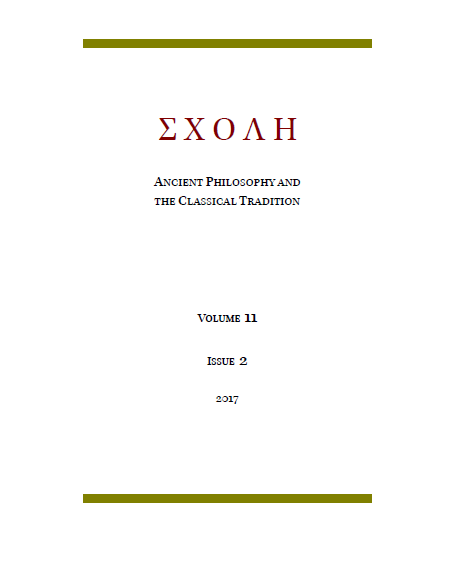АНТИЧНЫЙ ЭТНОТОПОНИМ НА КАРТЕ АЛ-ИДРИСИ
ANCIENT ETHNOTOPONYM IN THE MAP OF AL-IDRĪSĪ
Author(s): Irina Genadijevna KonovalovaSubject(s): Historical Geography, Maps / Cartography, Middle Ages
Published by: Новосибирский государственный университет
Keywords: geography; cartography; tradition; toponymy; al-Idrīsī;
Summary/Abstract: The article is devoted to reception of ancient toponyms and geographical images in medieval Islamic geography. This question is discussed on the example of the geographical work of al-Idrīsī (the middle of the 12th century), who widely used ancient mythopoetical and geographical images to describe the remote regions of the world. Al-Idrīsī’s report about the so called “Russian river”, the Qūqāyā mountain and the people called an-n.bāriyya, whose identification is still unclear, is considered in this paper. The analysis of the composition of the report about the Qūqāyā mountain allowed to compare it with the popular ancient image of Riphean mountains, which was closely tied to the name of the Hyperboraens and the Tanais (Don) river flowing from this mountains to the Black Sea. The correspondence between the ancient image of Riphean mountains with the Tanais river, on the one hand, and the description of the Qūqāyā mountain with the “Russian river” — on the other, was found. This led to the conclusion that ethnotoponym an-n.bāriyya was also linked to ancient geography and was a distorted Arabic version of the “Hyperboreans”. At the same time the information about the northern cities of Eastern Europe available to al-Idrīsī allowed him to fill the ancient geographical images with new data.
Journal: ΣΧΟΛΗ. Философское антиковедение и классическая традиция
- Issue Year: XI/2017
- Issue No: 2
- Page Range: 545-557
- Page Count: 13
- Language: Russian

